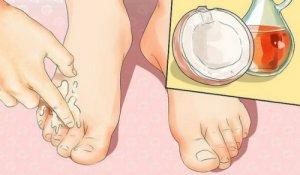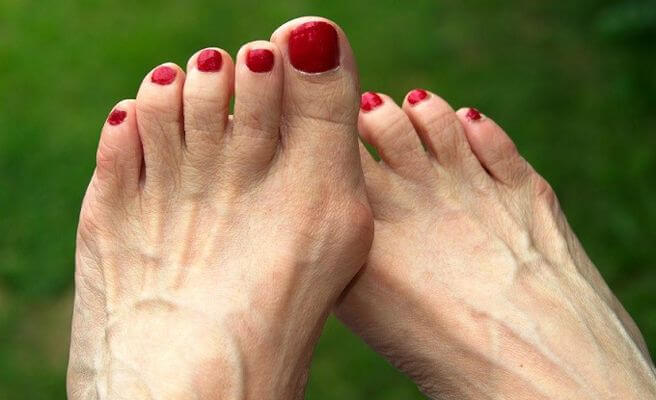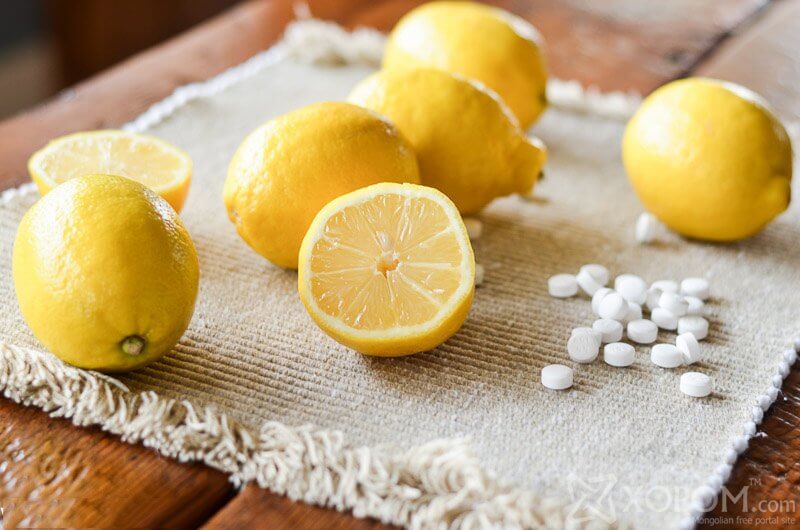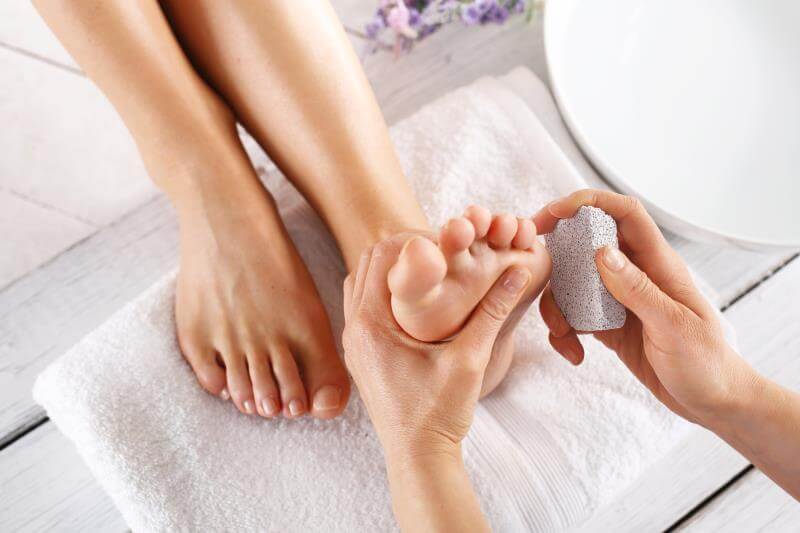Bunions and Corns: Four Natural Remedies

Bunions and corns can appear on the feet for a variety of reasons. While they’re not usually dangerous, they can cause physical discomfort and problems in confidence and self-esteem.
Read on to find out more about this problem and learn the most effective and appropriate solutions according to your own individual needs.
What are bunions?
Bunions are protuberances either of bone or skin that appear for a variety of reasons, ranging from genetic factors to poor choices in footwear.
Most of the time, these lumps are harmless. However, bear in mind that, in the following cases you’ll require the attention of a specialist:
- If you suffer from diabetes.
- Inflammation or increased temperature in the area around the bunion.
- Bleeding.
- Difficulty walking.
- Bone protrusions.
Read also: 7 herbs that help you treat type 2 diabetes
How to distinguish between bone and skin protrusions

Bone protrusions are usually hard to the touch and appear in the joints, the most common one being the big toe. This is the classic bunion.
The treatment to correct these protrusions includes using special cushioned pads and insoles, as well as orthopedic shoes and splints. However, a study conducted by the Universidad del Desarollo in Chile claims that the only way of permanently correcting bunions is by surgery.
Therefore, before you start any corrective processes, it’s important to have a proper diagnosis carried out by a specialist.
Skin protrusions can also appear in places where there’s been constant friction between your skin and another item, such as a shoe. This is confirmed in a study conducted by the National Library of Medicine, USA.
These protrusions are known as corns. They’re thickened skin that’s usually found on the top of your foot or the sides of your toes, as well as the bottom of your feet. They can be eliminated without difficulty with some simple methods.
Here are four great options for getting rid of, once and for all those lumps on your feet caused by inflammation or the aforementioned corns.
Treatments for corns
1. Aspirin and lemon juice

The acetylsalicylic acid found in aspirin is used in dermatology for its anti-inflammatory properties and to help fight acne. It’s also the active ingredient in many of the patches that are available on the market for corns.
In this instance, it’s combined with the antiseptic properties of lemon juice.
Ingredients
- 5 or 6 aspirin tablets.
- The juice of 1 lemon.
What should you do?
- Crush five or six aspirin tablets into a powder. Add the lemon juice until it forms a paste.
- Apply the mixture to the affected area and cover it with gauze and a plastic bag for 10 minutes.
- Rinse.
- Repeat this process every day for one or two weeks.
2. Apple cider vinegar and bread
Apple cider vinegar has powerful antiseptic properties that help soften hardened skin.
Ingredients
- 1 slice of bread.
- 1/2 cup of apple cider vinegar (125 ml).
What should you do?
- Soak a small slice of bread in apple cider vinegar.
- Wash your feet with warm water and place the moistened bread over the corn.
- Affix it to the area with some gauze and medical tape.
- Allow the remedy to work overnight.
- Repeat every night until you get results.
You might like to read this article: Treat cellulitis with apple cider vinegar
3. Pumice stone and Epsom salts

- 3 tablespoons of Epsom salts (30 g).
- Water (as much as you need).
Utensils
- A bucket.
- A pumice stone.
What should you do?
- Soak your feet in a bucket of warm water and Epsom salts for 10 minutes.
- Rub them with the pumice stone for two minutes, taking care not to harm the skin.
- It’s important to apply this treatment every day. However, you should stop if the corn starts to bleed or hurt.
4. Aloe vera
- To use aloe vera, all you need to do is cut a leaf in two and scrape the gel from the plant.
- Apply it to the affected area and leave it on overnight. Soon, you’ll see that your corn disappears.
Tips to prevent their reappearance
Remember that your feet work hard every day, so you should pamper them by choosing comfortable shoes that fit properly and don’t pinch. This will avoid the appearance of any bunions and corns, according to a study by podologist, José Enrique Caballero-Gómez.
- Don’t wear high heels, as these can cause bunions.
- Avoid pointed shoes that prevent your toes from resting comfortably. This can lead to the formation of corns.
- Use insoles and extra support in your shoes, along with protectors for the joints of your big toes.
All cited sources were thoroughly reviewed by our team to ensure their quality, reliability, currency, and validity. The bibliography of this article was considered reliable and of academic or scientific accuracy.
- Freeman DB. (2002). Corns and calluses resulting from mechanical hyperkeratosis.
aafp.org/afp/2002/0601/p2277.html - Hashmi F, et al. (2016). The evaluation of three treatments for plantar callus: A three-armed randomized, comparative trial using biophysical outcome measures. DOI:
10.1186/s13063-016-1377-2 - Merrill TJ, et al. (n.d.). Relationship between smoking and callus formation of the foot. DOI:
podiatryinstitute.com/pdfs/Update_2012/2012_38.pdf
This text is provided for informational purposes only and does not replace consultation with a professional. If in doubt, consult your specialist.








